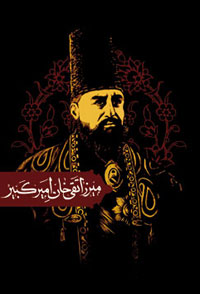
1.عباس کشاورز شکری2.محسن بیات3.خاطره بخشنده
| 1استادیار علوم سیاسی دانشگاه شاهد | |
| 2دکتری روابط بینالملل دانشگاه تهران | |
| 3کارشناسارشد مطالعات اروپا، دانشگاه علامه طباطبایی |
چکیده ایران با وجود داشتن ارزشها و انگارههای فرهنگی مشترک با دیگر کشورهای خاورمیانه، در دیپلماسی فرهنگی در این منطقه ضعفها و چالشهایی دارد. ایرانهراسی و شیعههراسی تبلیغشده در کشورهای خاورمیانه، دو چالش مهم کارآمدی دیپلماسی ایران در این منطقه هستند. این مقاله با توجه به گسترش ابزارهای ارتباطی بین مردم و جوامع، همچنین تحول معنا و مفهوم دیپلماسی استدلال میکند که دیپلماسی فرهنگی نیازمند ابزارهای نوین غیررسمی، عمومی و فراگیر است که مخاطب آنها بیشتر، مردم کشورهای خاورمیانه (و نه دولتهای آنها) باشند. استفاده از رسانههای جمعی و دیپلماسی عمومی، سایبر دیپلماسی، زبان فارسی، شیوههای نمادسازی و تصویرسازی مشترک مهمترین روشها و ابزارهای نوینی هستند که برای افزایش کارآمدی دیپلماسی فرهنگی ایران پیشنهاد شدهاند.
| عنوان مقاله [English] | |
| Cultural Diplomacy in the Middle East: Community Evolution and the Need to Use New Tools | |
| چکیده [English] | |
| Cultural
diplomacy can play an important role in improving the status of a
country through imposing influence on perceptions, beliefs and
identities of other countries’ people. Iran has some challenges in its
cultural diplomacy in Middle East, although it has common cultural
values and tenets with other countries in that region. The two important
challenges for Iran’s culture diplomacy are the Shiite phobia and Iran
phobia which have been propagated in the Middle East countries. In
regarding to extension of communication tools between people and
societies their communities and also change in the meaning of diplomacy,
this paper argues that cultural diplomacy requires new tools and ways
that will be informal, public, comprehensive and their audiences will be
people , not states, of Middle East; usage of mass media and public
diplomacy, cyber diplomacy, Persian language, common symbolization and
notation are most modern ways and tools for Iran in order to increasing
the efficiency of its cultural diplomacy. |

